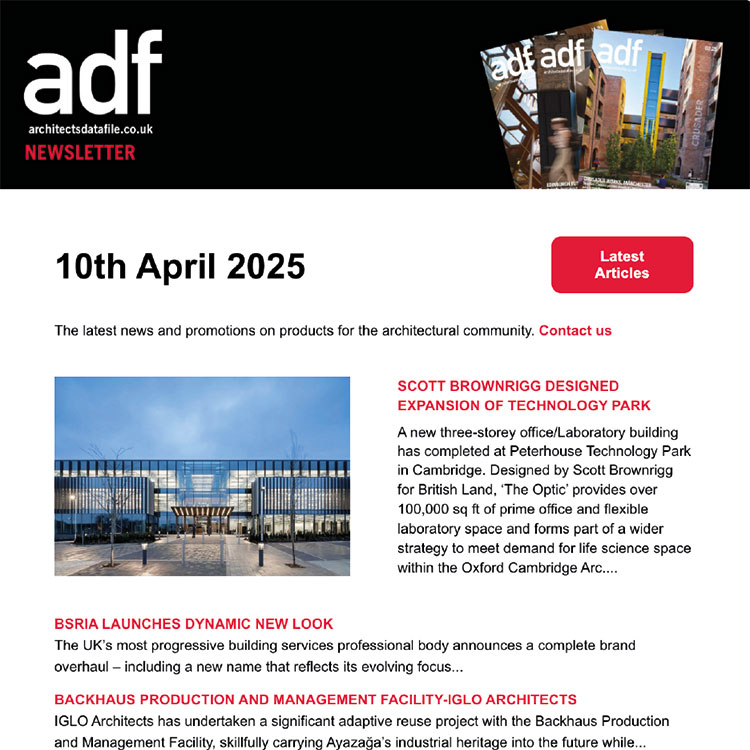Gypsum fibreboard is the way forward – and that’s official, says Gary Carter, general manager of Fermacell UK
While conventional drywall systems have significant advantages over solid blockwork in terms of speed and flexibility they are inherently not as strong and require reinforcement to improve their load-holding capabilities.
This reinforcement comes in the form of pattressing fitted into the partition. While this is an established practice it is far from ideal – increasing costs, extending the build programme and adding uncertainty to system performance. There are alternatives however and these are explored below.
Plywood or other wooden sheets in a variety of thicknesses and grades are most commonly used for pattressing in addition to plasterboard for fixing items such as flat screen TVs, bathroom basins, handrails and heavy tiles to walls.
While failures are rare, as professional specifiers and installer take steps to ensure a fit-for-purpose partition, it is an outdated methodology that has not changed for many years.
But another option identified in the pull-out, pull-down and downward load tests in BS 5234-2:1992 are higher-density boards designed for the purpose. Step up gypsum fibreboard.
Manufactured from recycled gypsum, recycled cellulose fibres from post-consumer waste paper, and recycled water, gypsum fibreboard is also fully recyclable, with all off-cuts fed back into the manufacturing process – green credentials which contribute towards BREEAM ratings.
At up to 100 per cent more dense than standard plasterboard, which gives it incredible racking strength, this robust material provides a cost-effective single layer solution to pattressing, being capable of carrying up to 50kg per cavity fixing and 30kg per screw for dead loads.
That’s the same weight as a 50” plasma TV or a couple of wall-hung cabinets. So if the client changes their mind about where they want their plasmas, radiators or kitchen wall cupboards, they can be easily moved.
This negates the designer and installer having to plan particularly carefully in advance where items are to be hung and consequently where specific areas need to be pattressed, making the interior design scheme ultimately flexible and future-proof … and the wall section thinner than the traditional plasterboard/pattress combination.
With pattressing material commonly more expensive than the dry lining that sits in front of it, the gypsum fibreboard system also comes in more cost effective in terms of materials let alone the additional labour required with installing two panel types.
The single-layer solution achieved with exceptionally dimensionally stable gypsum fireboard also helps reduce any risk associated with pattressing potentially compromising other panel performance aspects such as fire resistance and acoustics.
Gypsum fibreboard panels are resistant to impact, moisture and fire (Class 0, Class 1 surface spread of flame / Euroclass A2) and also perform acoustically – a partition with a single layer of 12.5mm gypsum fibreboard to each side achieving 54dB Rw of sound insulation when combined with appropriate insulation materials, that also give 60 minutes’ fire rating, all from a single layer.





